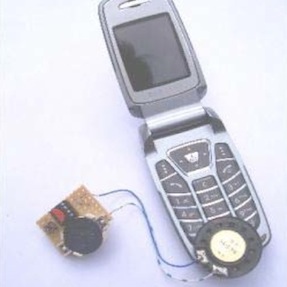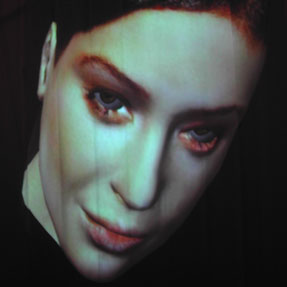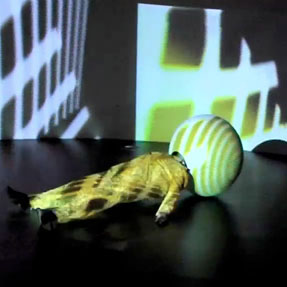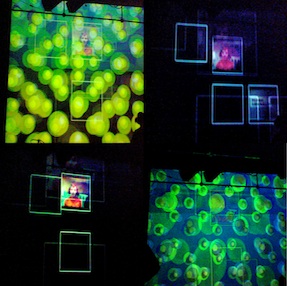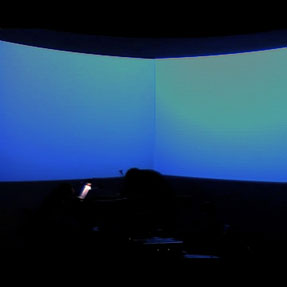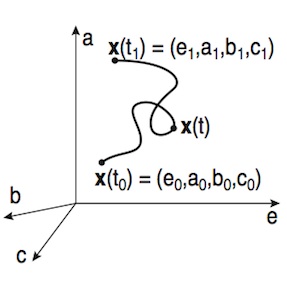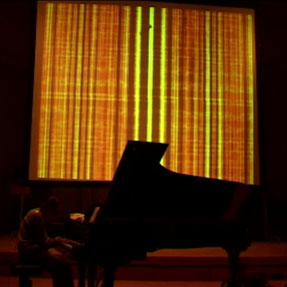PhD Thesis – Stefan Müller Arisona, 2004
The process of music performance has been the same for many centuries: a work was perceived by the listening audience at the same time it was performed by one or a group of performers. The performance was not only characterised by its audible result, but also by the environment and the physical presence of the performing artists and the audience. Further, a performance was always unique in the sense that it could not be repeated in exactly the same way. The evolution of music recording technology imposed a major change to this situation and to music listening practise in general: a recorded performance suddenly became available to a dramatically increased number of listeners, and one could listen to the same performance as many times as desired. However, in a recorded music performance, the environmental characteristics and the presence of the performing artists and the audience are lost. This particularly includes the loss of musical gestures, which are an integral part of a music performance. The availability of electronic music instruments even enforces this loss of musical gestures because the previously strict connection between performer, instrument, and listener is blurred. Continue reading →
